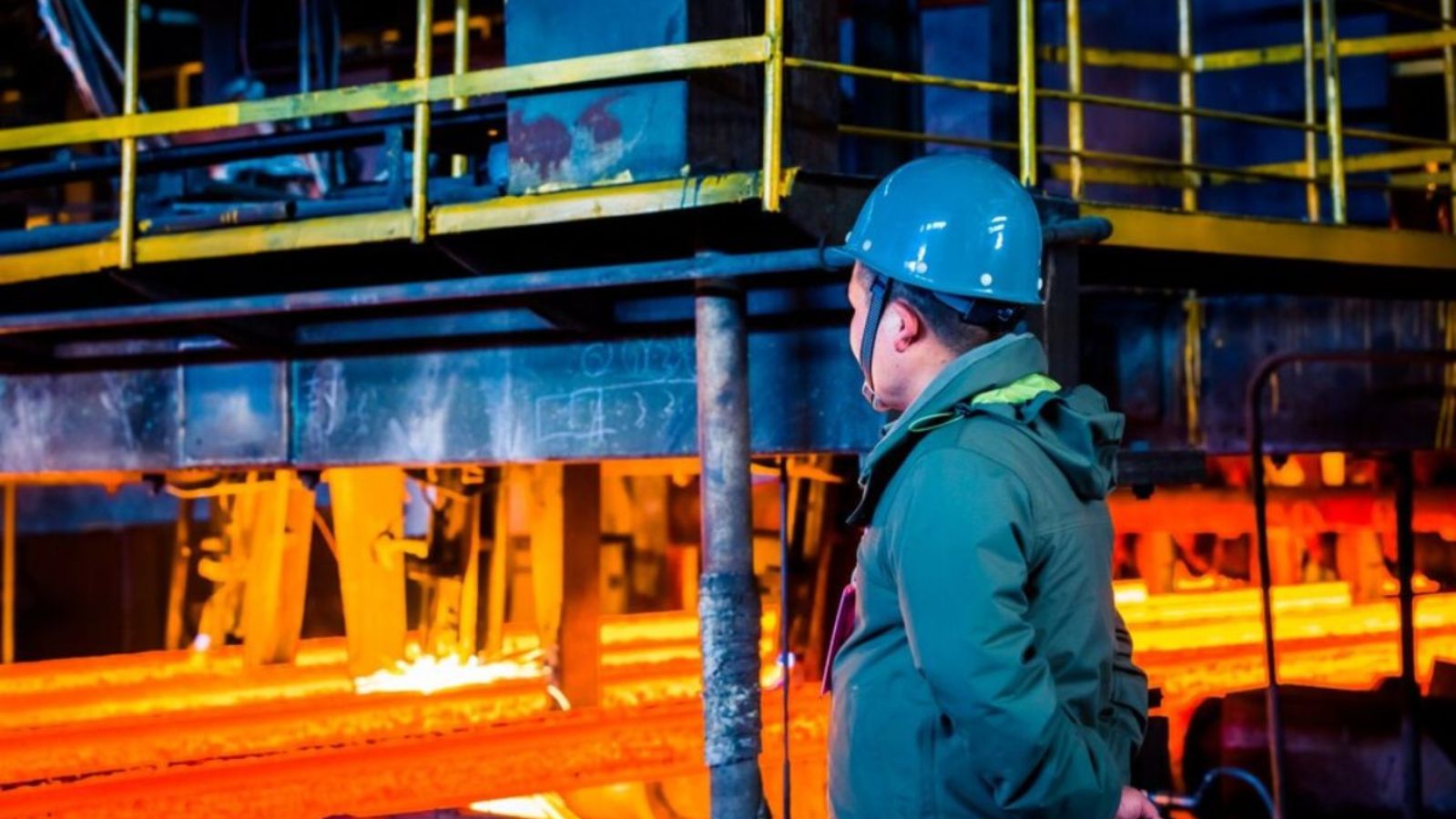
When DRI or scrap is melting in the IF or EAF, a lot of fumes are generated. These fumes are a mixture of dust, carbon, and volatile elements in the raw material.
These fumes thus generated create the following problems:
- A large number of dust emissions in the atmosphere create pollution calling for a need for an Industrial Air Pollution Control System.
- Lack of visibility on the shop floor and a dirty shop floor both increase the risk of an accident
- Workers' health is seriously compromised
- It is challenging for workers to work on the shop floor.
- It increases the heat time of the furnace, thus decreasing the overall efficiency of the plant.
Thus, pollution control systems and Dust Collection System become very vital for electrical steel melting furnaces (Induction Furnaces or Arc Furnaces). Moreover, the fumes contain valuable elements that, when collected, can be sold on the market or those elements can be extracted.
Now the question is: What is a good Fumes Extraction System (FES) for induction furnaces? Before we move toward that, let’s understand the different challenges of the FES System.
- The raw material needs to be fed continuously for the entire heat of the furnace so the mouth of the furnace can not be closed.
- The volume (m3/min) of the fumes generated is very high
- The number of fumes varies during the entire heat. The pouring of liquid metal into the Ladle and de-slagging generates the maximum amount of fumes while the least amount of fumes is generated during melting.
- The temperature of the fumes is high.
Characteristics of a Good FES System:
- The raw material that will be used in the furnace (DRi or Scrap) should be defined clearly.
- The system design should incorporate the >95% fumes collection during the entire heat
- The system design should consider the ease of feeding the furnace
- The system design should incorporate ease of de-slagging and pouring of liquid metal into the ladle.
- The system design should use a natural draft of the fumes for better suction performance
- The suction hood should not be very big that it is unable to create negative pressure and should not be small enough to create high negative pressure only in a small area
- The system should have a fumes cooling and large particle extraction system/mechanism before the fumes reach the filer media.
- The system should be able for collecting fumes during the feeding of the furnace.
- The system should be capable of collecting fumes during the de-slagging and pouring of liquid metal into the ladle.
- The filter media should be self-cleaning and the dust thus captured should be easy to collect and store.
- The system should consider the expected emission norms after 3- 4 years of installation of the system. As we believe the emission norms will get tighter over time. This will ensure longer life of the system.
- The system should incorporate provisions for protecting the manpower and the equipment at the time of accidents that may not occur.
- The system should work on the same efficiencies during winters and summers.
- The System should use the least amount of energy for fumes collection and should not end up being a huge operating cost.

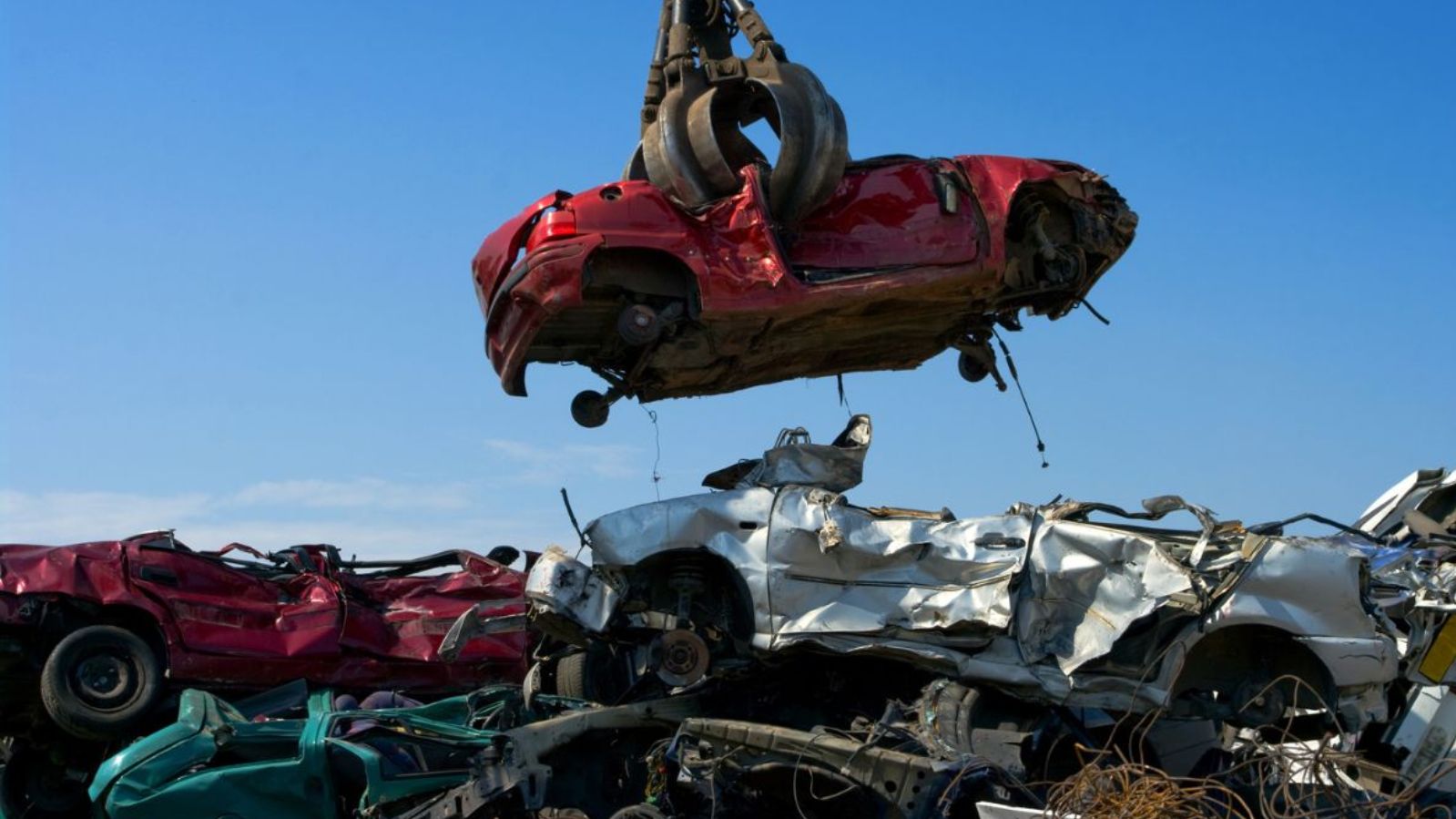
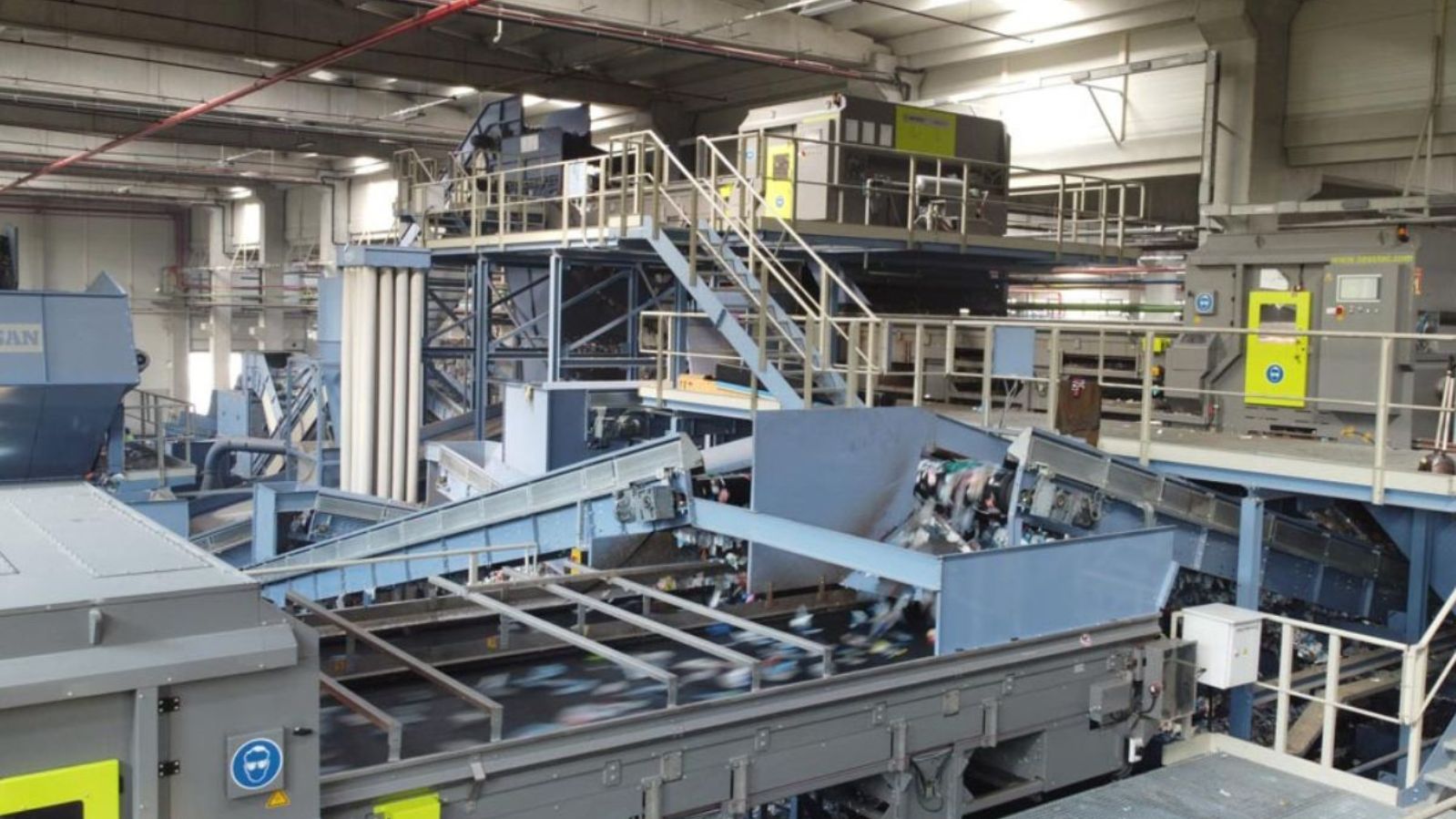
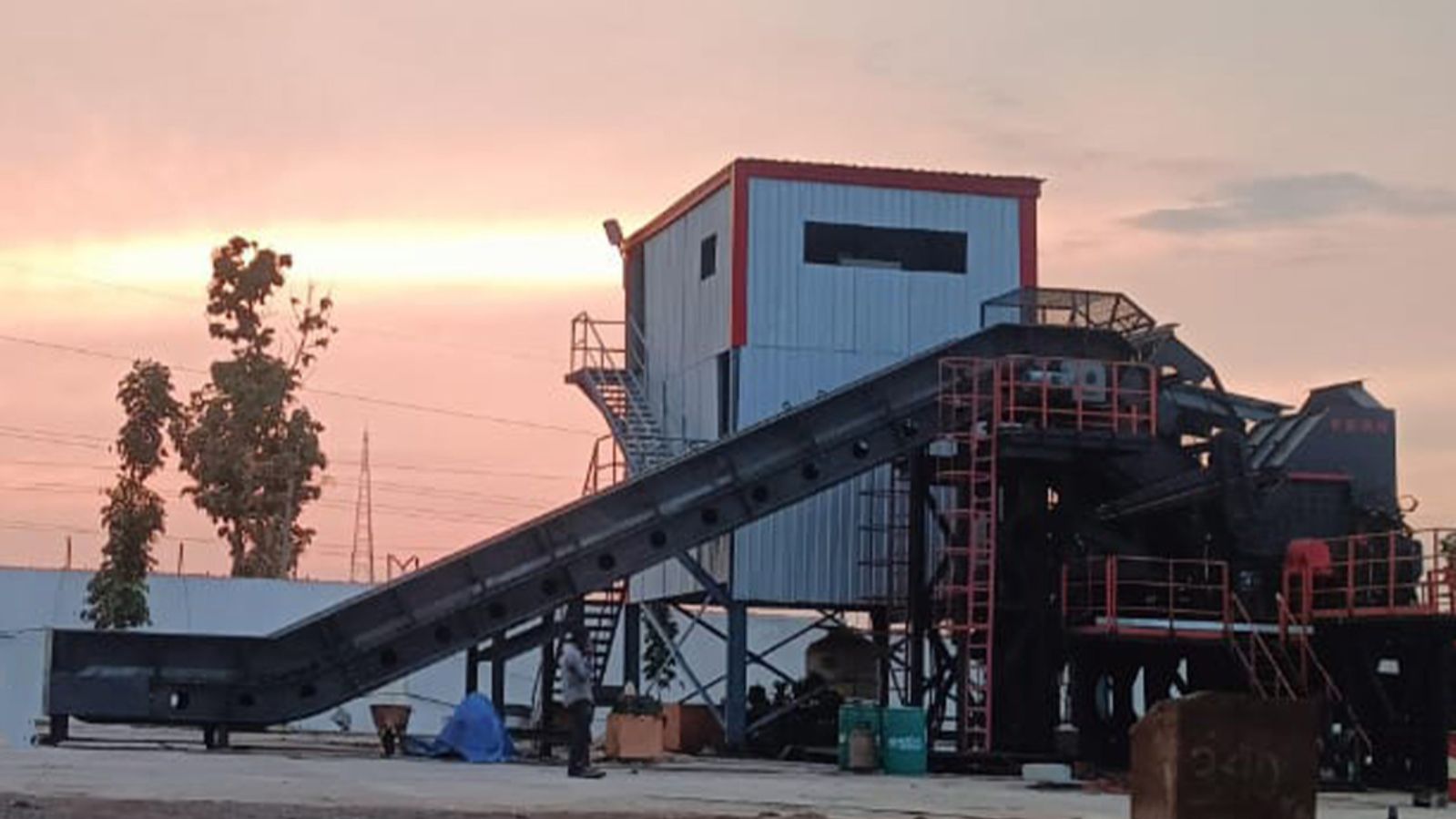
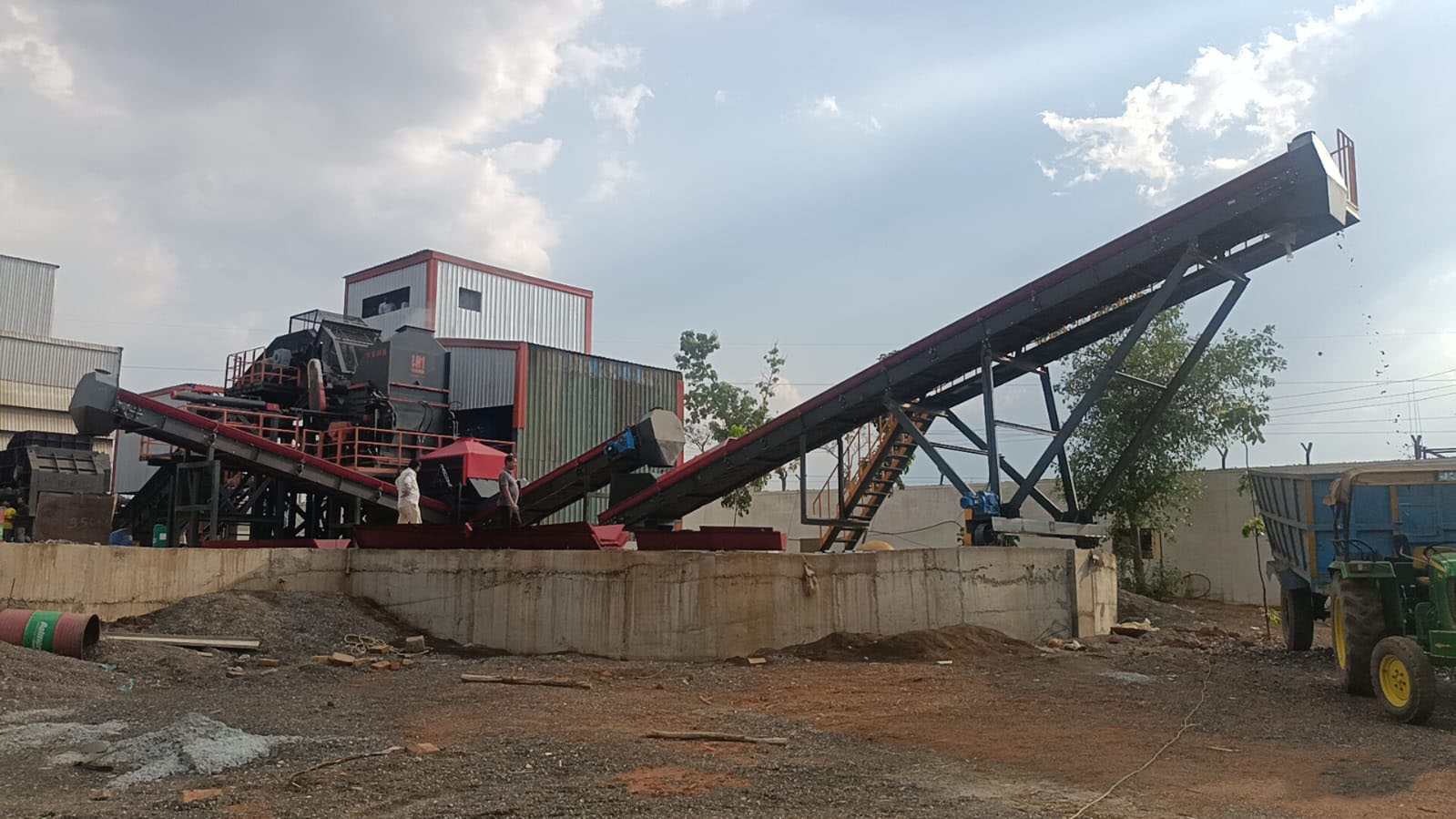
.jpg)